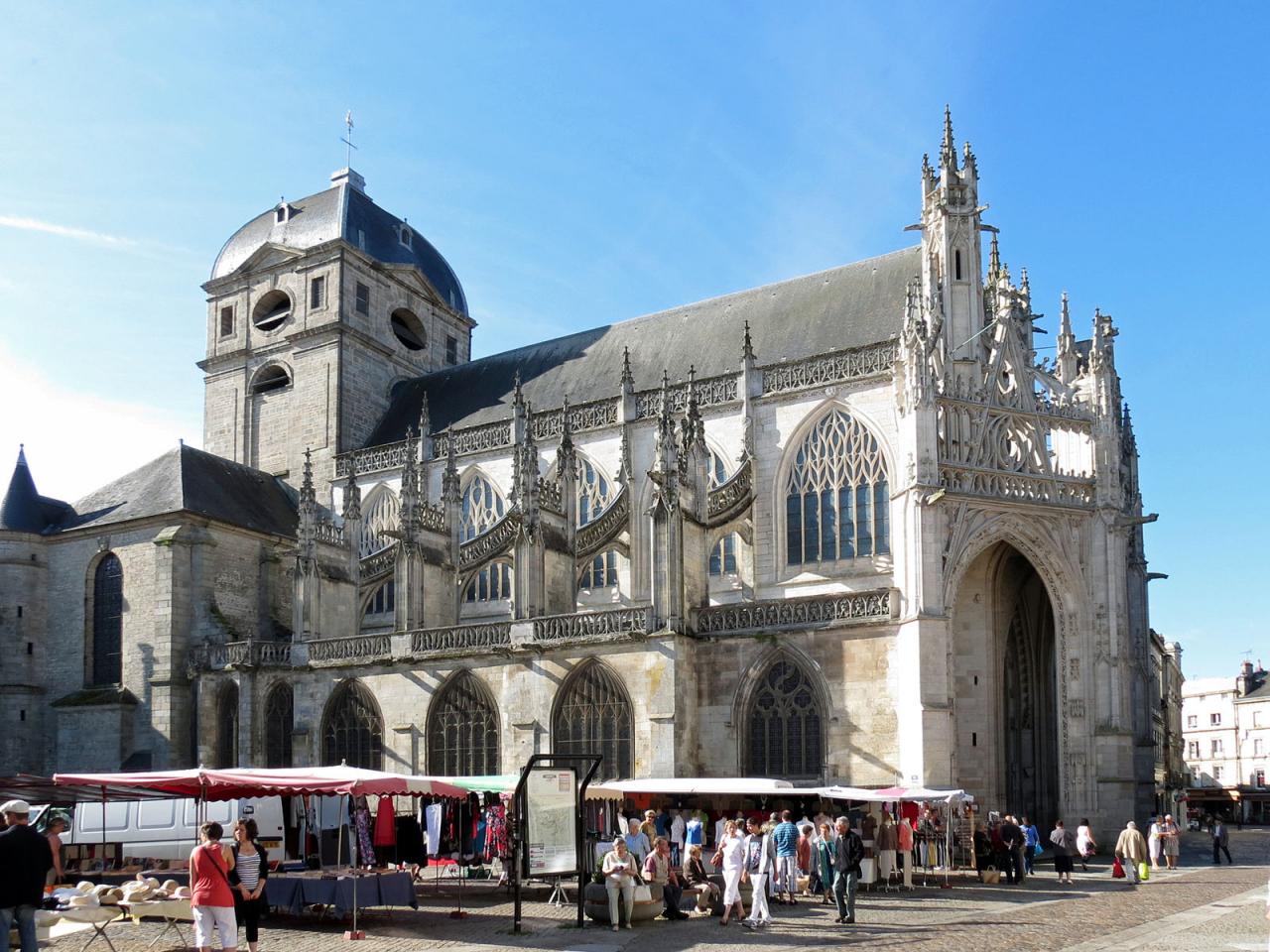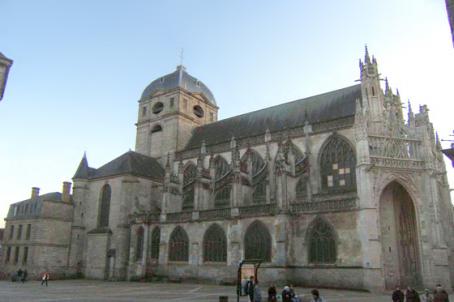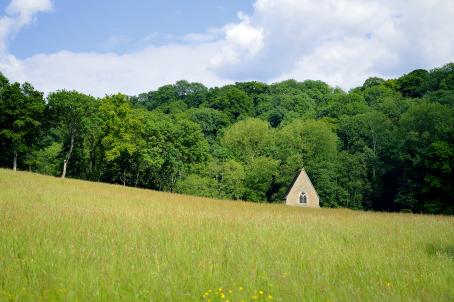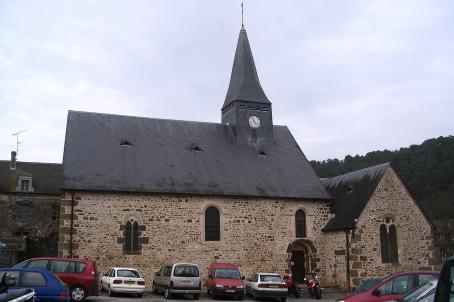Basilica of Notre-Dame

The Church of Our Lady, because of the importance of the pilgrimage in the footsteps of Saint Therese of the Child Jesus and her parents, Blessed Louis and Zélie Martin (who became saints in October 2015), was raised to the rank of basilica by Pope Benedict XVI in August 2009. Located in the heart of the city of Alençon, this church-basilica surprises by the richness of the message of its glass canopies, by the harmony of its Gothic nave as well as by the delicacy of the flamboyant decoration of its porch.
About this building
The basilica is located in the heart of Alençon. A Romanesque church, already dedicated to Our Lady in her Assumption, existed on this site in the 12th century. It depended on a priory founded by the Abbey of Lonlay. It later became a parish church and was enlarged. The construction of the present nave began before the Hundred Years' War. Delimiting the five bays, the powerful fasciculated piers with reduced capitals bear witness to this reconstruction at the beginning of the 15th century. The building site resumed around 1470 with the purchase of the land to build the present aisles. Work continued until the beginning of the 16th century. At the base of the high windows, the triforium retains a classical Gothic decoration. Around 1500, at the time of Duchess Marguerite de Lorraine, a new master builder, Jehan Lemoine, revolutionized the architectural project. He built the Porch of the Transfiguration and endowed the nave with its richly decorated ribbed star vault.





